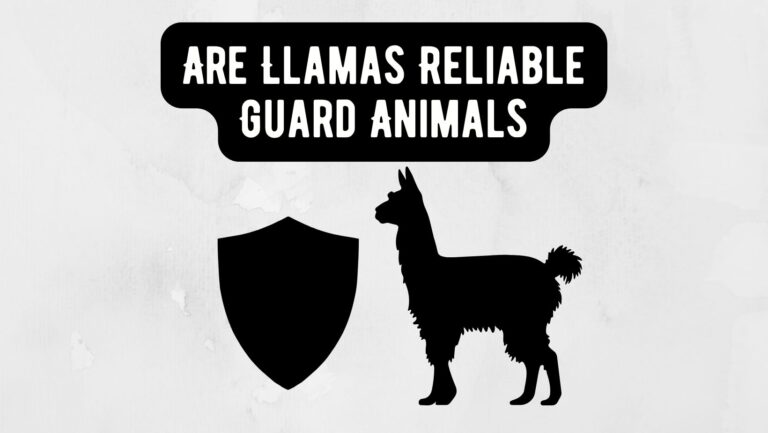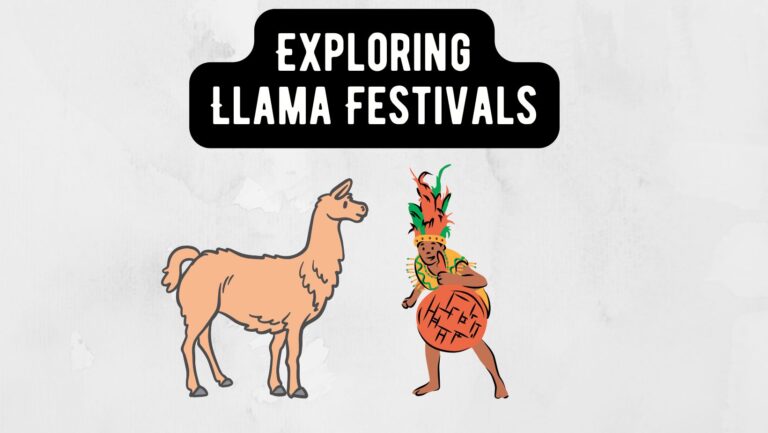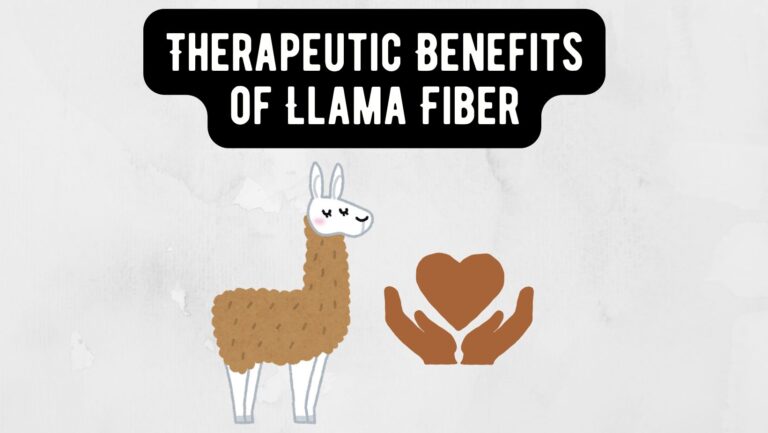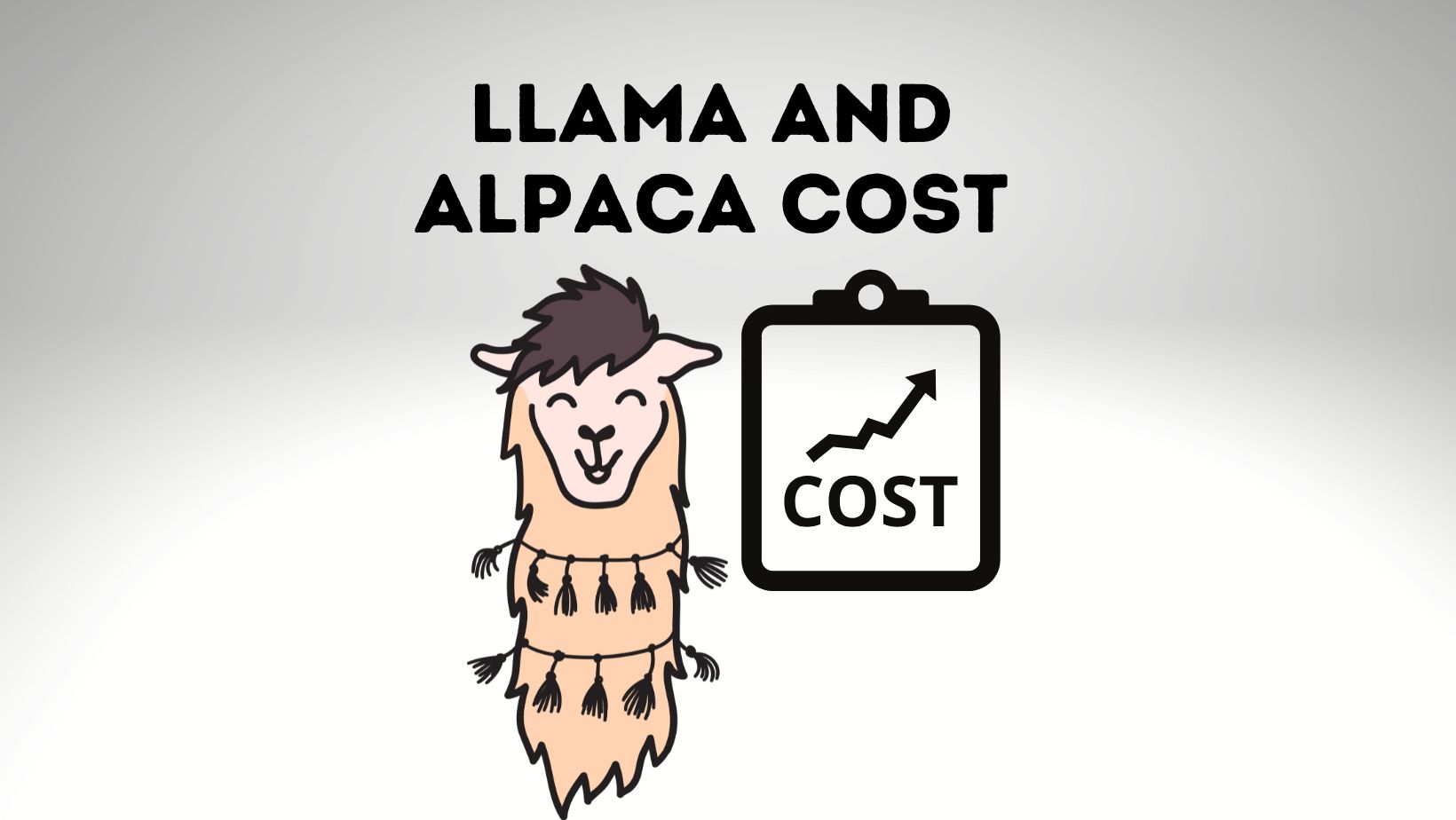
Llamas and alpacas are both members of the camelid family, which also includes camels. Llamas were domesticated by the Inca in South America, while alpacas were domesticated by the indigenous people of the Andes mountains.
Both llamas and alpacas are used for their fiber, which is considered to be one of the finest natural fibers in the world. Alpaca fiber is softer and warmer than llama fiber, making it more desirable for use in clothing.
Llamas and alpacas are both intelligent and social animals, and make great companion animals. They are generally easy to care for and require minimal grooming. However, llamas and alpacas do have some specific needs that must be met in order to keep them healthy and happy.
Post Contents
How Much Does A Llama Cost
Llamas and alpacas are both members of the Camelid family, which also includes camels. These animals are native to South America and have been used by humans for centuries for their wool, meat, and as pack animals. Llamas are larger than alpacas, with males weighing up to 400 pounds and females up to 250 pounds. Alpacas are typically about one-third the size of llamas, weighing in at around 150 pounds.
The cost of llamas and alpacas can vary depending on a number of factors, such as where you live, what you plan to use the animal for, and whether you want a male or female. Generally speaking, llamas will cost more than alpacas, with prices starting at around $500 for a pet-quality animal and going up to several thousand dollars for a show-quality llama. Alpacas typically start at around $200 for a pet-quality animal and go up to $1,500 or more for a top-quality breeding male.
How Much Does An Alpaca Cost
There is no definitive answer to this question as the price of an alpaca can vary significantly depending on a number of factors, including the age, quality and pedigree of the animal. However, as a general guide, you can expect to pay anywhere from $500 to $5,000 for a healthy adult alpaca.
If you are looking to purchase an alpaca for breeding purposes, then you can expect to pay even more – anywhere from $1,000 to $10,000 or more. So, if you are considering adding an alpaca or two to your farm or ranch, be prepared to make a significant investment.
The benefits of owning a llama or alpaca
There are many benefits to owning a llama or alpaca. These animals are very social creatures and enjoy the company of people and other animals. They are also very intelligent and can be trained to do a variety of tasks.
Llamas and alpacas are also very sturdy animals and can withstand harsh weather conditions. They are able to live at high altitudes and in cold climates without any problems. This makes them ideal for owners who live in these types of environments.
Llamas and alpacas also have a very special place in the hearts of many people. These animals are often seen as gentle giants and are very popular as pets. Owning a llama or alpaca can be a very rewarding experience.
How to care for a llama or alpaca
Llamas and alpacas are both camelids, native to the Andes Mountains. Llamas were domesticated by the Inca civilization and used as pack animals, while alpacas were bred for their fibre. Both llamas and alpacas make excellent companion animals and can be trained to walk on a lead and wear a halter.
When caring for llamas or alpacas, it is important to remember that they are herd animals and need companionship. It is recommended to keep at least two llamas or alpacas together. They also need plenty of space to roam and graze, so a large pasture is ideal.
Llamas and alpacas are generally very hardy creatures, but they are susceptible to some common health problems. These include overgrown toenails, diarrhoea, and respiratory infections. Regular vet check-ups and preventive care can help keep your llama or alpaca healthy.
What Is The Price Of 1 Alpaca?
There is no definitive answer to this question as the price of an alpaca can vary significantly depending on a number of factors, such as its age, quality, and fleece. However, on average, you can expect to pay anywhere from $500 to $1,500 for a single alpaca.
Are Llamas Cheaper Than Alpacas?
Llamas and Alpacas are both members of the Camelid family, however there are several key differences between the two animals. For starters, Llamas are much larger than Alpacas. Adult Llamas can weigh anywhere from 290 to 450 pounds, while Alpacas only weigh around 150 to 180 pounds. Llamas also have longer necks and legs than Alpacas.
So, what does this all mean in terms of cost? Well, for one thing, Llamas are more expensive to purchase than Alpacas. A Llama will typically cost you anywhere from $1,000 to $4,000, while an Alpaca will only set you back $600 to $1,500. In addition to the initial purchase price, Llamas also require more food and care than Alpacas. So, over the long run, Llamas will end up costing you more money than Alpacas.
Regular alpaca is more affordable, but locally you might find llama yarn of lower grade for descending prices, too
How Much Does It Cost To Buy A Llama?
There’s no easy answer when it comes to how much it costs to buy a llama. Prices can range from a few hundred dollars for a basic, unregistered animal, to several thousand dollars for a well-bred, registered show llama. The price you’ll pay will depend on the specific llama you’re interested in, as well as factors like the current market conditions and where you’re buying the llama from.
When budgeting for a llama, keep in mind that there are additional costs beyond the initial purchase price. Llamas need quality hay and pasture, routine vaccinations and deworming, hoof care, and regular vet checkups. They also benefit from regular training and handling, which can cost money if you hire a professional to help out. Overall, you should expect to spend at least $500 per year on llama care, with some owners spending closer to $1,000 or more.
So, how much does it cost to buy a llama? It really depends on your individual circumstances. With proper care and management, llamas can be a fun and rewarding addition to your farm or homestead.
Do Alpaca Farmers Make Money?
Just like any other business, alpaca farmers need to make a profit to stay in business. While the initial investment in an alpaca can be expensive, the ongoing costs of care are relatively low. Alpacas are easy to care for and don’t require a lot of land, so overhead costs are minimal. The biggest expense for most alpaca farmers is feeding their animals during the winter months when grass is not available.
Alpacas can be sold for a variety of purposes, including their fiber, meat, and even as pets. Alpacas can also be used for breeding stock, which can be sold to other farmers looking to start their own herds. Most alpaca farmers sell a combination of products and services to make a profit.
Alpacas are a niche market animal, so there is always demand for high-quality products and services. With careful planning and marketing, an alpaca farm can be a profitable business venture.
Conclusion
We have provided you with all the information about alpaca and llama cost that you need to know. We understand that these animals are important investments, but they can also be very rewarding. Alpacas and llamas offer companionship and wool production, and they can even add fun to your life. With the right research into their health needs and housing requirements, owning an alpaca or a llama could be a great experience for anyone looking for something different!
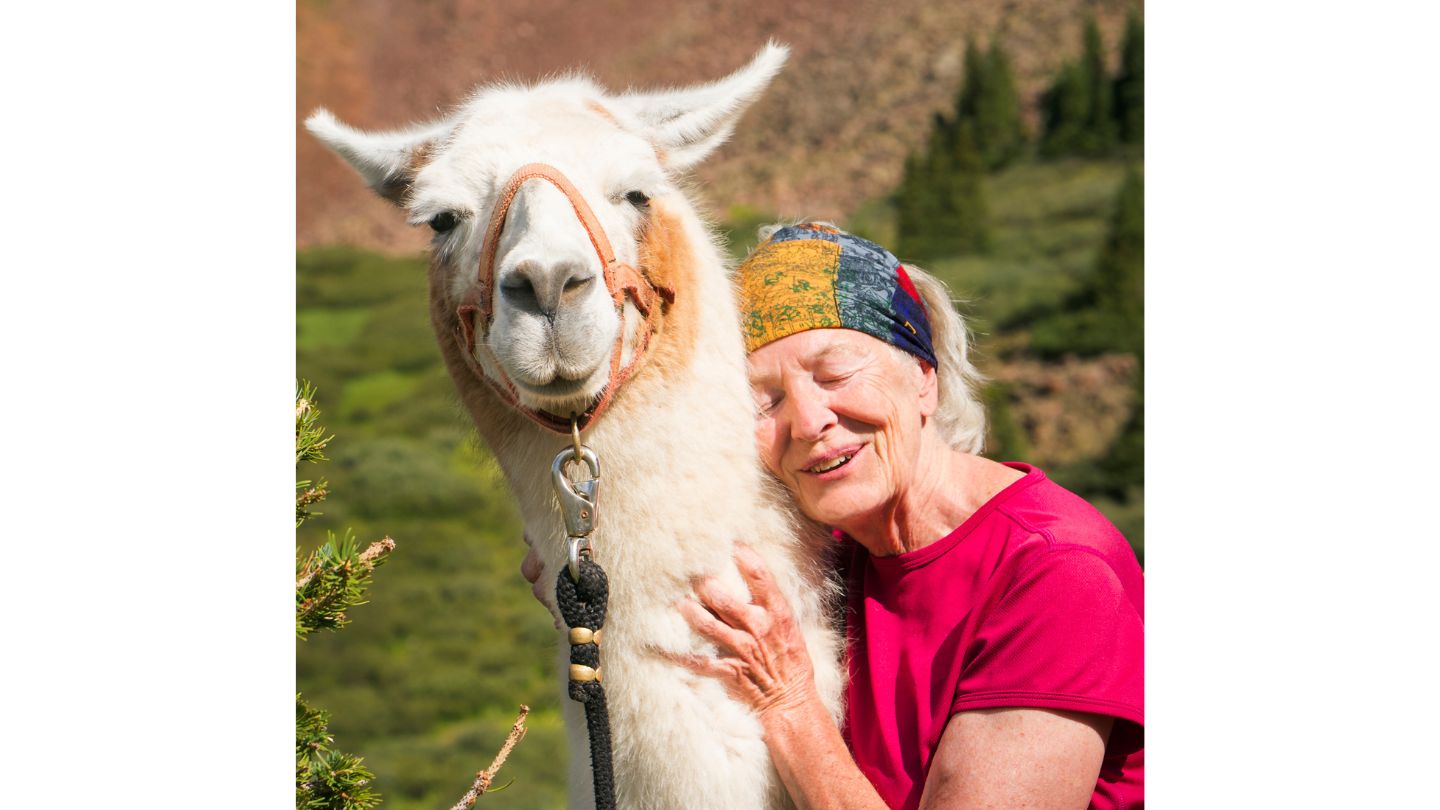
Hi, I am Dale. My husband and I bought our first llama, an 18-month-old male llama, Pumpernickel, in 1984. Since then, they are evergrowing; LlamaWeb is intended to provide information about llamas for people interested in these South American camelids.



